Garden mint
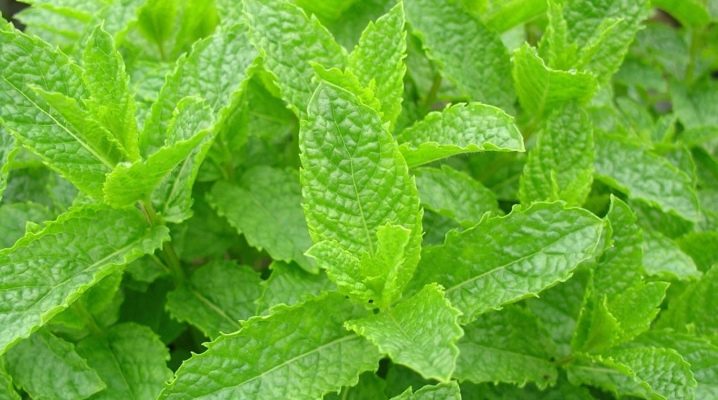
Garden mint is an ornamental and useful plant with a pleasant smell. A distinctive feature of mint is that it contains essential oil, which is the main component of menthol. The unique properties of mint allow it to be used in cooking, medicine, aromatherapy and other areas. In addition, some varieties of mint are a popular component of cosmetic products, and are also actively used in pharmacology.
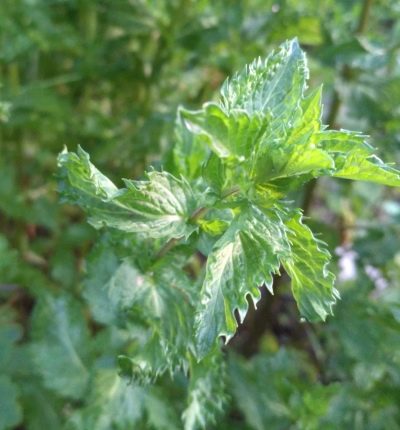
Description
Modern science has a huge number of species of mint and its hybrids, which are distinguished by branched stems, simple but fragrant leaves. Most of the mint species presented bloom in summer and early autumn, differ in purple flowers or spike-shaped inflorescences. They look inconspicuous, but they may well become a good addition on an alpine slide or in a general composition on a flower bed.
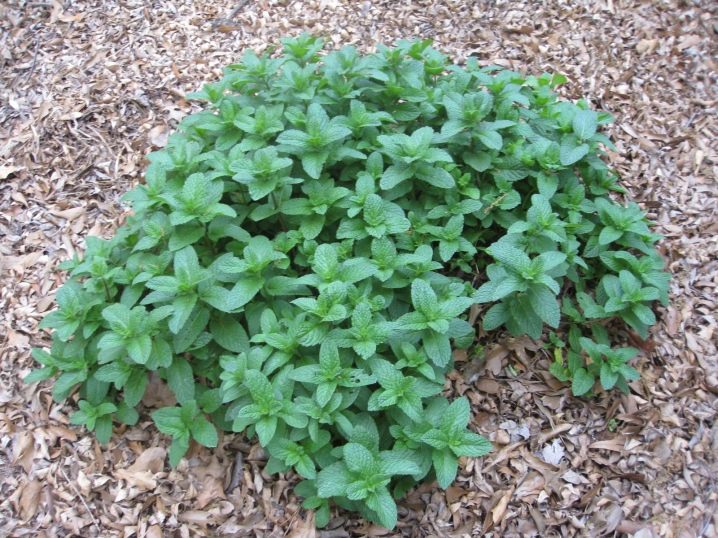
The aerial part of the plant contains essential oil, which gives it an unobtrusive but mild menthol aroma. It is thanks to these components that mint has a refreshing and pleasant taste.
The presence of unique components guarantees a number of useful properties of the plant, among which the following can be distinguished:
- the ability to eliminate bouts of nausea, making mint an excellent choice for pregnant women;
- in some cases, mint works as an excellent pain reliever, for example, the plant helps to cope with a toothache or headache;
- relieves irritability, has a positive effect on the nervous system;
- possesses antiseptic properties, in case of damage to the integument of the skin, it is recommended to apply this particular plant.
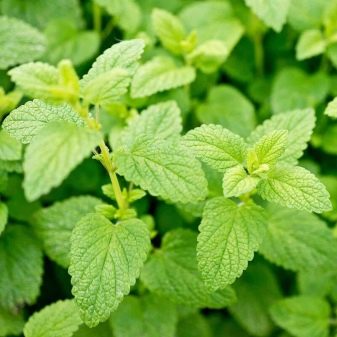

Types and varieties
Most of the species presented grows in the temperate zone of the Northern Hemisphere, as well as in the Mediterranean region. There are also southern varieties of plants that are distinguished by attractive leaves, but are practically not famous for their resistance to bad weather conditions. In domestic latitudes, only such species as peppermint, long-leaved and spike mint are represented.
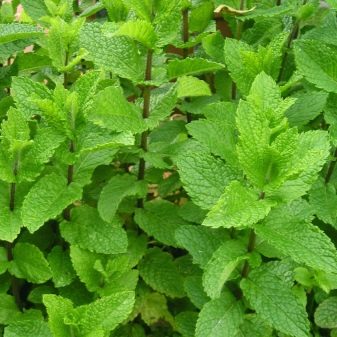
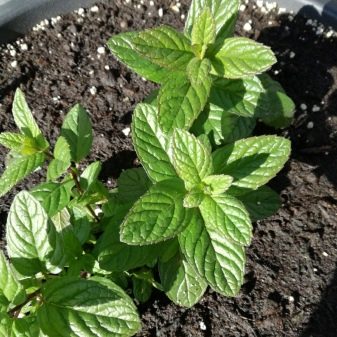
One of the most popular today is peppermint, which is also called cold or English peppermint. It has an attractive appearance, excellent aroma and a wide range of uses.
This plant practically does not occur in the wild, since it was obtained by hybridization of two other species: water mint and spike mint.
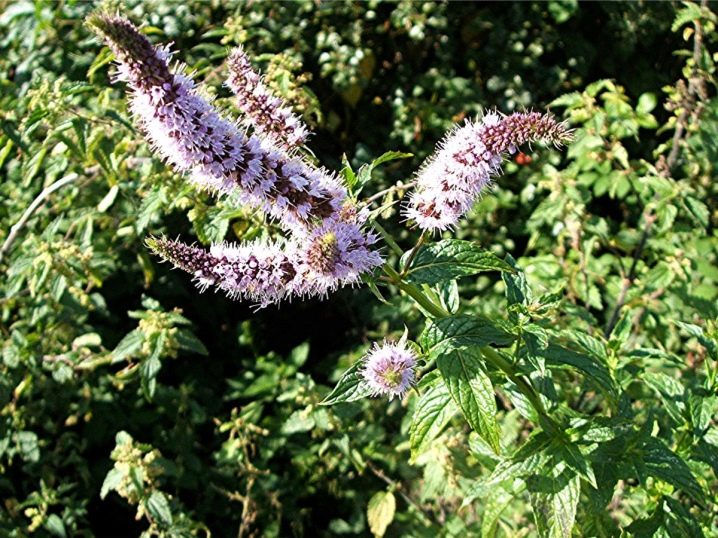
This is a fairly tall herb that can reach a length of 120 cm. The leaves at the exit are simple and have a purple tint, and the flowers are quite small. This plant blooms in summer and early autumn. Among the main varieties, it is worth highlighting such as Chocolate and Hillary's Sweet Lemon. There are also smaller breeding varieties. In the domestic market, peppermint is grown not only by gardeners, but also in industrial volumes.
Another popular species is long-leaved mint, which blooms wild, mainly in Africa and Asia, as well as in Europe.
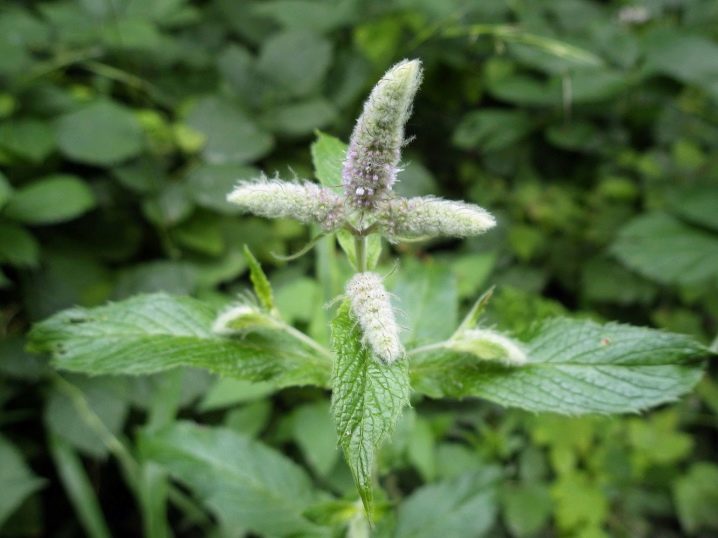
Plant height is about 75 cm, the leaves are grayish. The flowering period is in the summer.
Long-leaved mint is very often used not only in cooking, but also in the pharmaceutical and perfume industries. In addition, this plant has proven itself well in the production of confectionery. A distinctive feature of Mentha longifolia is a pronounced menthol flavorwhich makes the product memorable and refreshing.
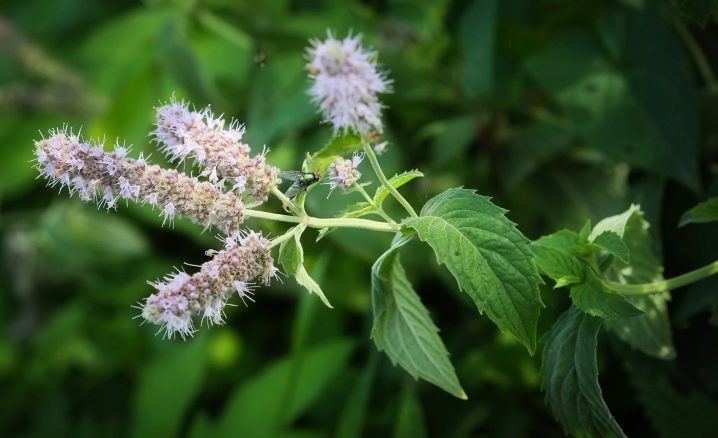
Spearmint is one of the most famous species of this plant, it is 100 cm high and simple, drooping leaves.
The flowers are white and sometimes pinkish. This type is actively used in cooking, as it has an interesting refreshing taste and aroma.
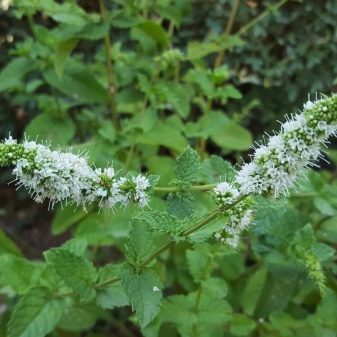
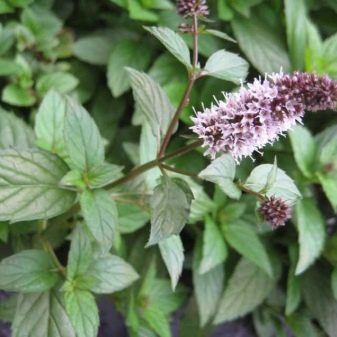
Among other variants of this plant, the following can be distinguished:
- Round-leaved, or fragrant. It is found in Europe, as well as in the region of Asia Minor. The height is no more than 100 cm, but very often you can find compact bushes with a height of up to 30 cm.The leaves of this plant are quite small and are characterized by an ovoid shape. Of greatest interest is the Variegata cultivar, which is 50 cm tall, and the stems sometimes take root. Thanks to vegetative propagation, this plant blooms almost all summer and early autumn.
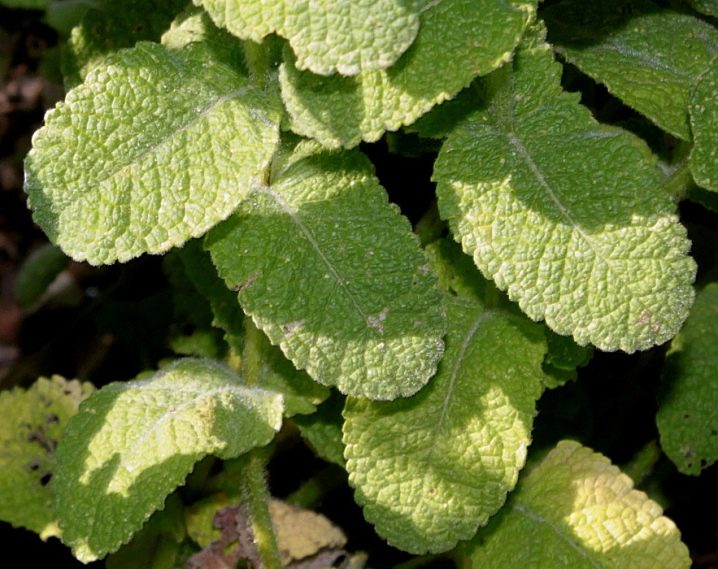
- Water. It is an attractive plant, the height of which is no more than 90 cm. Its flowers are light or lilac in color, which gather in fluffy inflorescences. It grows mainly in moist soil or near springs.
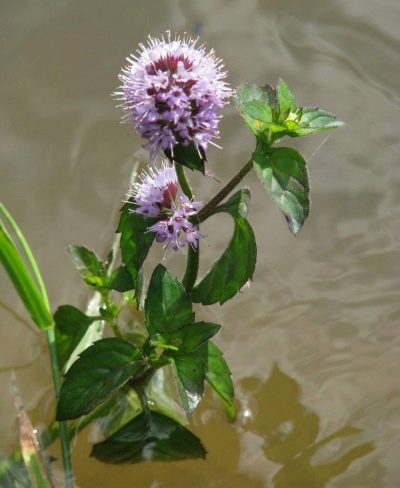
- Field. Eurasian species that grows near water bodies. A distinctive feature of this plant is the presence of a creeping rhizome, and the flowers are characterized by a purple hue.

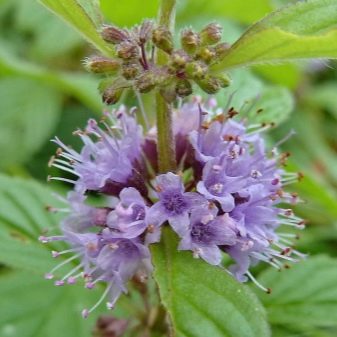
Landing
The process of planting mint must be given close attention, since the ability of the plant to cope with external factors and pests depends on this. For disembarkation, you will need a certain inventory, including a shovel, a rake, a bucket, a watering can, as well as material for covering.
First of all, you will need to prepare the seed. One of the most important points is the disinfection of seeds, for which it is enough to lower them in a solution of potassium permanganate for 20 minutes.

This should be done if the seeds were collected by the summer resident himself, but there is no need to process purchased ones.
The choice of the most optimal place is also important, since this directly affects the growth rate of the plant. The ideal solution is an area that receives enough natural light and is reliably protected from the wind. As for the soil, it should be as moist as possible, since mint loves the presence of moisture and constantly needs it. The ideal option would be a place near a reservoir, which is characterized by loose soil and can provide the culture with sufficient nutrients. Plants are often planted in black soil, which are ideal for growing. In the process of choosing a soil, it is best to abandon the lime options, since they are practically unsuitable for the growth of the bushes of this plant. In addition, it will be necessary to fertilize the soil with ash, saltpeter or superphosphate.
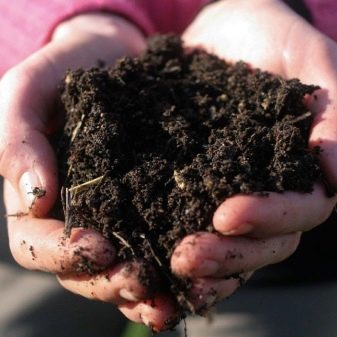
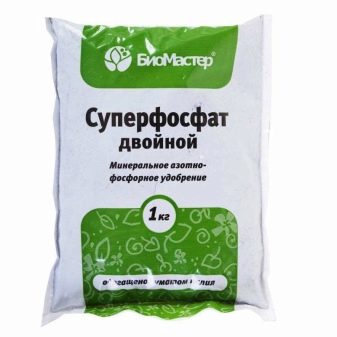
Seeds are usually sown at the beginning of spring, so that they have time to fully grow stronger by the arrival of cold weather. If the planting process is carried out using cuttings, then it can be planted in the summer or at the beginning of autumn. It is also necessary to take into account the climatic conditions of the region.

In the process of planting, it is imperative to take into account the distance between the beds, which should be at least 15 cm. The hole should be 5 cm deep, and if there is more, then the seeds will most likely not sprout. Before immersing the seeds, it is best to pour warm water into the well, which promotes more efficient plant growth. If the weather is cold outside, then you will need to use a covering material, thanks to which it will be possible to create a greenhouse effect.
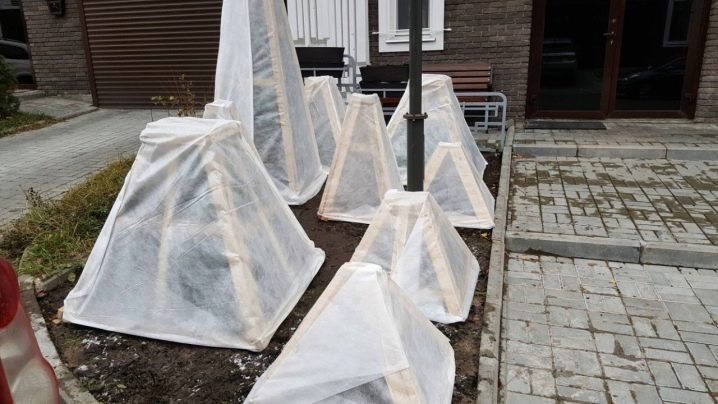
You can remove it only after the first mint leaves appear.
Care
Despite the fact that mint is an unpretentious plant, it needs care.
- First of all, we are talking about watering and loosening. The culture must be constantly moistened, watering is best after sunset.At the same time, it is worth making sure that there is not too much water, as swampy soil can cause serious damage to the roots.
- If a crust forms on the surface of the soil, then it will be necessary to loosen with tools.
- An important point of care is feeding, which should be carried out on the basis of mineral complexes. It is worthwhile to carefully monitor that there is a sufficient amount of nutrients in the soil, and the best solution for this is the use of ash and peat. The effect of fertilizing will be stronger if fertilizing is carried out immediately after watering.
- It is imperative that the roots are saturated with the required amount of oxygen. This plant grows extremely quickly, so it is worth getting rid of unnecessary shoots in time.
- It is necessary to weed the mint immediately if you find excess weeds that interfere with the growth of the bushes.
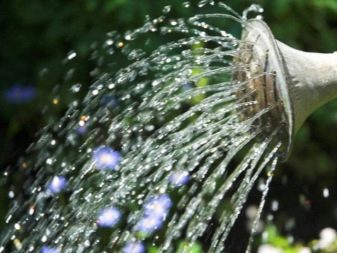
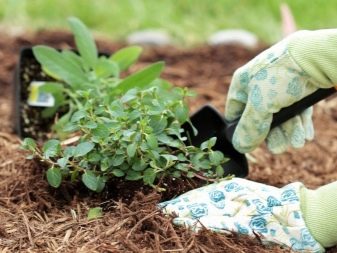













The comment was sent successfully.